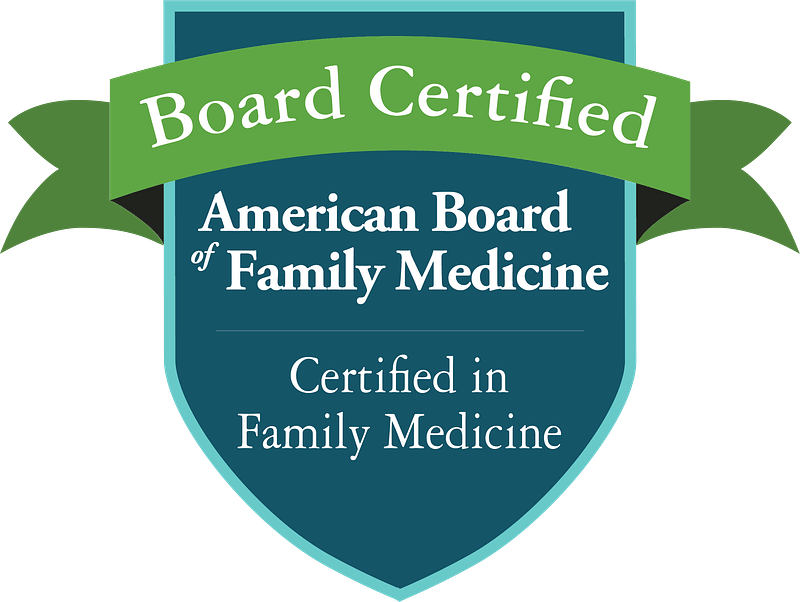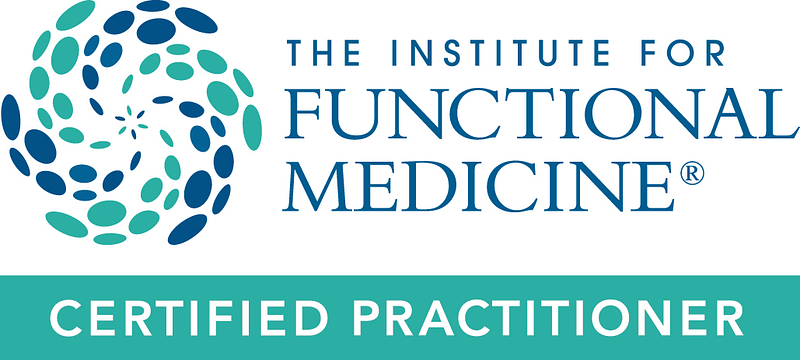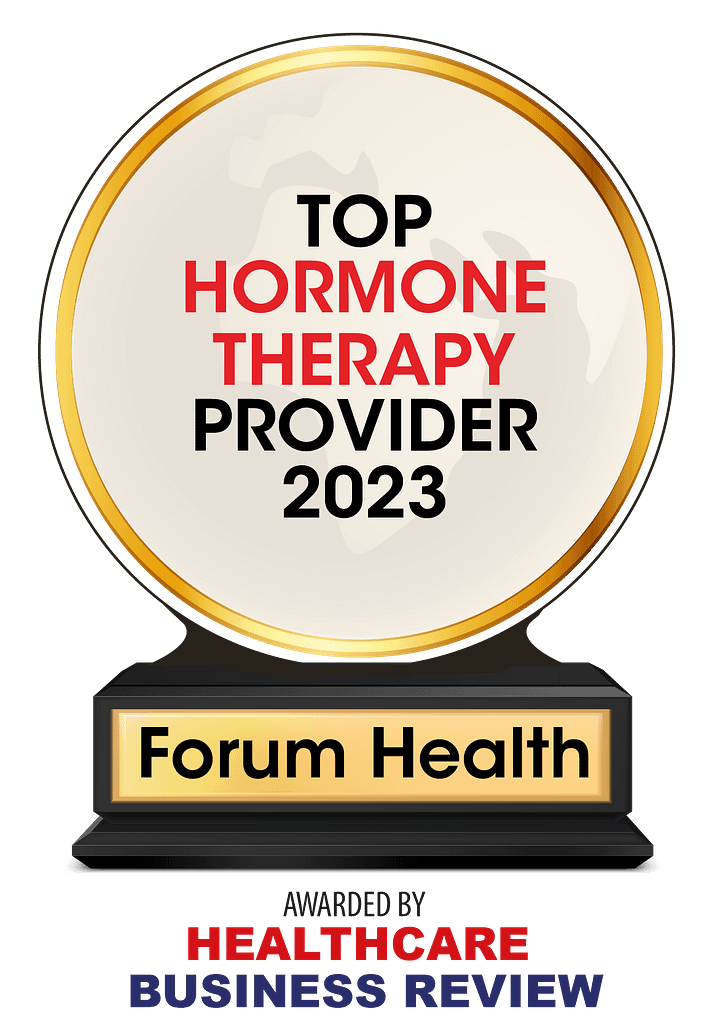Hypothyroidism Testing in Greater Asheville
The guys in white coats are in your television set, and they’re advertising cholesterol-lowering drugs (statins) 24/7. They know if they throw enough spaghetti on the wall, some of it will stick.
Americans spend $12.6 billion/year on statins, proving the cholesterol hypothesis has stuck. The theory that cholesterol causes heart disease is called the cholesterol hypothesis. Its general acceptance as fact has resulted in cholesterol, a critically important molecule in health, being wrongly singled out, tried, and convicted of causing heart disease. This popular hypothesis falls short of explaining why people with low cholesterol have heart attacks, why people with high cholesterol can be free of heart disease, and why cultures such as the Inuit, who have fat-rich diets, have low heart disease incidence.
What has cholesterol done for you lately? For starters, feeling good is a symptom of adequate cholesterol levels. Cholesterol is required for the body to make reproductive hormones and the body’s anti-stress hormone, cortisol. Eighty percent of the cholesterol in the blood is made by a healthy liver that makes, every single day, as much cholesterol as is in six to eight chicken egg yolks. Cholesterol is part of the protective coating, the myelin sheath, that insulates nerves. Cholesterol “waterproofs” the protective cell membrane in each of the body’s cells. Cancer rates increase when cholesterol levels decrease. Cholesterol is required for the body to make Vitamin D. Stroke risk increases as cholesterol levels drop. High cholesterol levels in older people are related to longevity.
The cholesterol-lowering drugs of concern are statin drugs: Lipitor, Zocor, Pravachol, Lescol, Mevacor, and the new kid on the block, Crestor. (The 80 mg dose of Crestor was removed from the market shortly after it was introduced because of reports of kidney failure.)
The adverse side effects of statin drugs are well known and include rhabdomyolysis, muscle deterioration that can be detected by a routine blood test. Less well-known are partially reversible muscle disorders that cannot be detected by blood tests. If the affected muscles are involved in breathing, shortness of breath may result. If the affected muscle happens to be the heart, heart failure may result. Statin drugs inhibit the production of Co-enzyme Q10, an enzyme that drives energy production in every cell, notably in the liver and heart. Many animal studies show an increase in the incidence of cancer with exposure to statin drugs. In fact, some researchers consider statin drugs to be carcinogenic. Peripheral neuropathy results in pain and lack of sensation in the feet and legs. This, as well as depression, irritability, and memory and cognitive problems are known side effects.
Many physicians and researchers question not only the safety of taking cholesterol lowering drugs, but they also challenge the validity of the hypothesis that cholesterol causes heart disease.
Well-established causes of heart disease include poor nutrition, a sedentary lifestyle, low copper, excess iron, poor antioxidant status, low HDL cholesterol, infection, inflammation, smoking, and various toxins (notably mercury).
In a drug-based healthcare system, what were once thought to be scientific “facts” are routinely replaced by new, updated “facts of convenience.” For years, the acceptable level of LDL cholesterol was less than 130 mg/dl. The bar was recently lowered again, so statin treatment is now recommended to attain LDL levels at 70 to 100 mg/dl, resulting in 36 million Americans being targeted as potential users of statins. Six of nine physician panelists serving on the National Cholesterol Education Program (NCEP) that made the latest recommendations have been exposed as having received funding from drug companies that manufacture and market statin drugs.
If circulating LDL cholesterol were inherently dangerous, all arteries would have equal exposure to it and would be equally diseased. But LDL only penetrates the lining of an artery (epithelium) where the lining is damaged. As a result, vascular blockage occurs in already compromised sections of arteries. When is “bad” LDL cholesterol good? LDL cholesterol has several important functions, including a starring role in the synthesis of cortisol, estrogen, testosterone, and progesterone. Elevated LDL levels are nature’s defense against viral infections. Once viruses are bound to LDL, the ability of the virus to release cytokines (chemicals that cause inflammation, pain, and clotting) is impaired.
Oxidized LDL, not LDL, is associated with arterial damage. Addressing causes of oxidation (excess iron, smoking, poor quality diets, etc.) and glycosolation (diets high in sugar) are two natural approaches that address underlying causes of damage to arteries.
Responsible recommendations for prescription drug use are made on a one-to-one basis between a physician and patient, not to 36 million people.
People taking statin drugs need at least 50 mg of CoQ10 daily and are advised to report to their physicians any of the aforementioned side effects. Lifestyle modifications that can address known risk factors for heart disease include minimizing sugar intake, exercising, stopping smoking, and taking antioxidant supplements.








